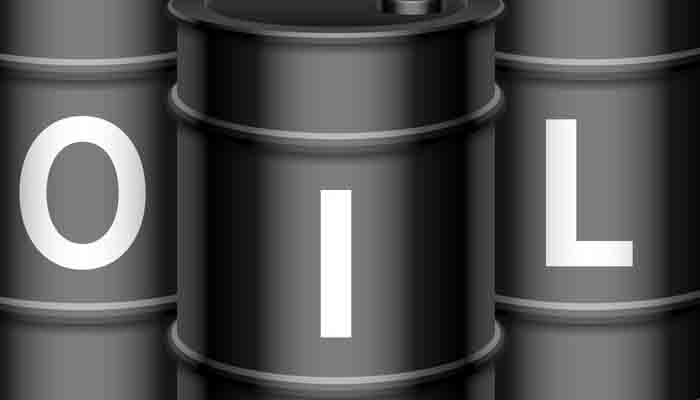
Myra P. Saefong and William Watts, MarketWatch
SAN FRANCISCO
EnergiesNet.com 03 24 2022
Oil futures ended with a loss of more than 2% on Thursday, a day after settling at their highest price in more than two weeks, with the U.S. announcing fresh sanctions on Russia, as world leaders gathered to discuss actions against Moscow for its invasion of Ukraine.
Price action
- West Texas Intermediate crude for May delivery CL.1, -1.34% CL00, -1.32% CLK22, -1.32% fell $2.59, or nearly 2.3%, to settle at $112.34 a barrel on the New York Mercantile Exchange.
- May Brent crude BRNK22, -1.25%, the global benchmark, lost $2.57, or 2.1%, to close at $119.03 a barrel on ICE Futures Europe. Brent and WTI both gained more than 5% to settle Wednesday at their highest since March 8.
- April gasoline RBJ22, -1.28% declined by 1.4% to $3.39 a gallon.
- April heating oil HOJ22, -0.13% tacked on 0.9% to $4.153 a gallon.
- April natural gas NGJ22, 0.04% settled at $5.401 per million British thermal units, up 3.2%.
Market drivers
President Joe Biden on Thursday met with European allies and other world leaders in Brussels in response to Russia’s Feb. 24 invasion of Ukraine.
Crude prices declined amid expectations that NATO won’t sanction Russian energy soon, said Edward Moya, senior market analyst at OANDA.
“NATO members are not throwin’ away a shot at ratcheting the pressure against Russia right now,” said Moya, in a market update. However, “they will take time before they have to resort to an oil embargo on Russia.”
The Biden administration announced the rollout of more sanctions against Russia, including measures against 48 large Russian state-owned enterprises that are part of that country’s defense-industrial base and produce weapons that have been used in the invasion.
Read: What traders think of U.S.-led efforts to block gold transactions by Russia’s central bank
The U.S. has already banned imports of Russian crude, and the U.K. said it would phase out the import of Russia oil by the end of the year. Europe, meanwhile, has remained divided.
Worries over the loss of Russian supply have contributed to market volatility, with crude jumping earlier this month to nearly 14-year highs before dropping sharply back below $100 a barrel and then bouncing higher.
Related: Commodity trading houses face strains, but are they ‘too big to fail’?
“Many members of the European Union…have continued to show reluctance in targeting much needed Russian energy supplies with more sanctions,” Brian Steinkamp, commodity analyst at Schneider Electric, said in a daily note. Still, “major refiners in Japan have vowed this week to join others world-wide in phasing out oil deals with Russia.”
Analysts said talk of progress around restoring the Iran nuclear deal, which would allow the country to resume crude exports, may have put some pressure on oil early Thursday.
Read: Why OPEC+ is likely to stick to its oil output plan when it meets next week
Meanwhile, China continues to deal with the worst COVID-19 outbreak since the pandemic began, with lockdown once again put into effect and “directly impacting industrial demand for petroleum products,” said Steinkamp.
Supply data
The Energy Information Administration on Thursday reported that domestic natural-gas supplies fell by 51 billion cubic feet for the week ended March 18. That compared with the average weekly decline of 62 billion cubic feet forecast by analysts surveyed by S&P Global Commodity Insights.
On Wednesday, the EIA reported that domestic crude inventories fell by 2.5 million barrels for the week ended March 18. Gasoline and distillate stockpiles also declined.
marketwatch.com 03 24 2022












